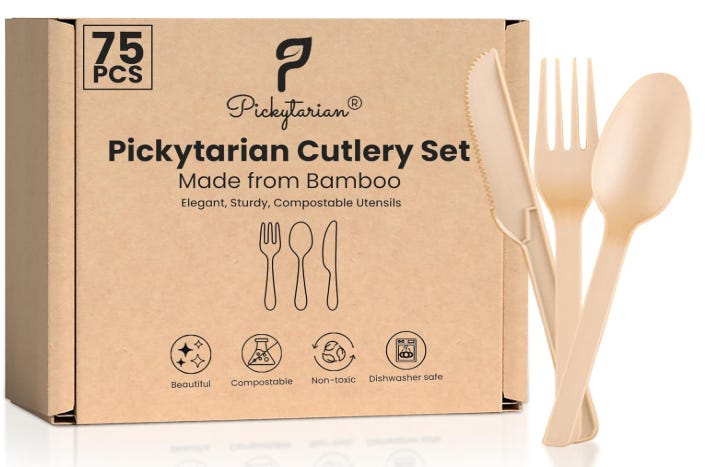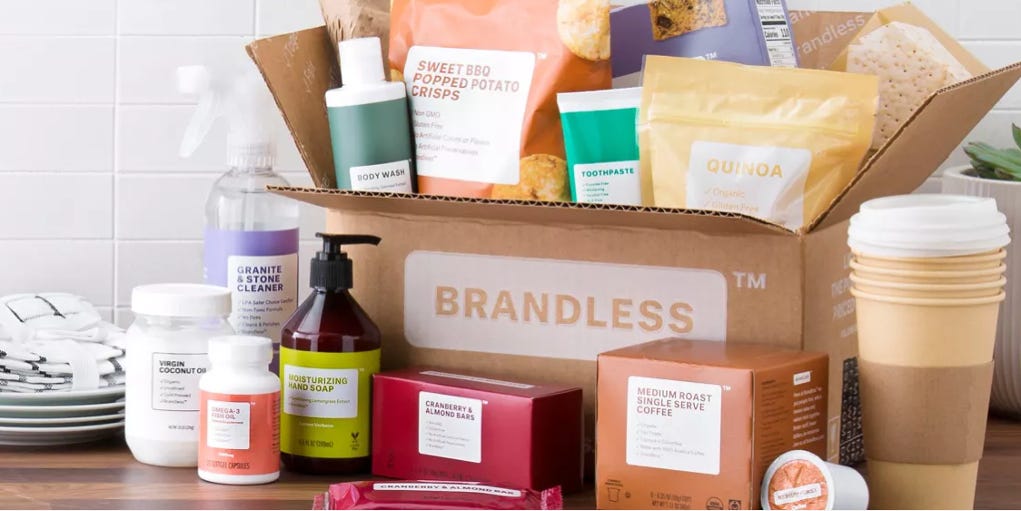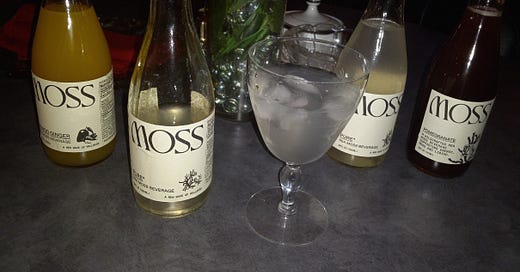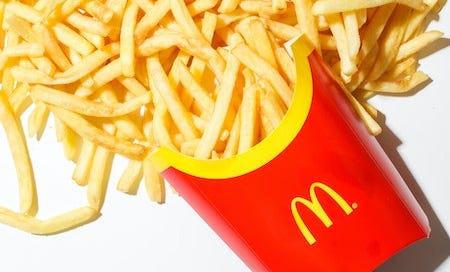
The highs and lows of the Brandless brand
Today’s grocery stores offer a plethora of options for one item, and sometimes it can be overwhelming—cage-free, organic, gluten-free, dairy-free, vegan, vegetarian, all-natural, sugar-free and more. At some point, customers may just be looking for whatever brand is the most trusted instead of all the specifications on each container. It could be easier to trust the brand’s name instead of reading the packaging ingredients line-by-line. And that’s where the complications with Brandless began.
Why Brandless Could’ve Taken Notes From 365
Although Amazon Prime members are fully aware of Amazon Fresh, Amazon itself is not immediately affiliated with the term “grocery store”—at least not yet—the way Target, Walmart, Food4Less, Aldi’s and other competitors are. So when Amazon purchased Whole Foods Market and 365 Everyday Value products were sold on Amazon’s site, by default, it became more of a trusted buy—even for non-Whole Foods Market shoppers. Whole Foods already prides itself on seeking out “the finest natural and organic foods available,” maintaining “the strictest quality standards in the industry,” and having “an unshakeable commitment to sustainable agriculture.”
Are 365 products usually $3 or less, the way Brandless products were? It definitely depends on the product category, but the 365 brand is almost always cheaper than more popular product names. Brick-and-mortar customers could look side-by-side at the price difference and feel like they were getting a better deal instead of doing price comparisons in various stores or doing quick online searches via smartphones.
Customers were never quite sure whether Brandless products could be trusted, especially not enough to purchase an annual membership, in the same manner as Costco or Amazon Prime. While Brandless stood by its reputation as selling products that were GMO-free; at least 50 percent organic; and without artificial preservatives, flavors or colors, customers still didn’t really have a reputable store to rely on. And that’s not even taking into account the name confusion from those who like the men’s luxury bag company, also called Brandless.
Then the Brandless Prices Changed
Dollar stores have gone through quite the transition to stay above water. While some are trying to do creative things like start their own brands of dollar store beauty products, popular chain Family Dollar has been wiped out by hundreds even after being declared as “Amazon-proof.” Disorganized aisles and empty shelves were a valid problem that this store chain faced.
But another issue was price. If customers walk into a “dollar” store, they’re expecting to pay $1. At Dollar Tree store chains, even the search engine says “Everything’s $1. What will you find?” Customers don’t play a guessing game about which items they can get for $1; they know their budget the minute they put something in a shopping basket.
Brandless (launched in July 2017) started operating more like Dollar General, which does have $1 items but also individual items that rival your everyday non-discount retail store. At Dollar General, the maximum price for most items is $13. For Brandless, “The average order value today needs to move from $48 to probably $70 or $80,” according to Brandless’ CEO John Rittenhouse. Once Brandless products left the $3 price point range, customers could easily shrug their shoulders and just drive to their nearest stores instead of paying shipping fees.
ADVERTISEMENT ~ Amazon
As an Amazon affiliate, I earn a percentage from purchases with my referral links. I know some consumers are choosing to boycott Amazon for its DEI removal. However, after thinking about this thoroughly, I want to continue promoting cool products from small businesses, women-owned businesses and (specifically) Black-owned businesses who still feature their items on Amazon. As of the first date of Black History Month 2025, each new post will ALWAYS include a MINIMUM of one product sold by a Black-owned business. (I have visited the seller’s official site to verify that Amazon Black-owned logo.) I am (slowly) doing this with older, popular posts too. If you still choose to boycott, I 100% respect that decision.

Then Shipping and Handling for Brandless Became an Obstacle
If you’re a Baby Boomer or from the Generation X crowd, you’re used to shopping days of paying anywhere from $5 to $9 for shipping. But in an Amazon Prime era when free shipping and next-day delivery is the norm, the idea of waiting four days for a FedEx package just seems bizarre. Amazon Fresh or Whole Foods free shipping requires a subtotal of $35 for Amazon Prime members.
Meanwhile, Brandless offered free shipping only over subtotals that were at least $39 (for members, the minimum was $36). There were $5 shipping charges for orders that were less than $39, but it was still a matter of getting items several days later. Meanwhile, Amazon Prime members could get their items hours later on the same day or in less than 24 hours during user-selected delivery windows.
But Here’s Where Brandless Had Potential
There were many imperfections with the startup company. But they also had some good things going for them. One Brandless shopper was pretty intrigued by their mouthwash. And at $3 per container, the user could just buy 13 months worth of mouthwash, skip the shipping & handling charges (because it met the minimum requirement) and revisit next year. This company could be used like other wholesale stores, especially for dry goods bought in bulk. Amazon Prime members risk getting too confident in their favorite items costing the same price only to walk into a Whole Foods Market store or log in online and finding out the price has changed. Brandless one-upped them by having more online price consistency.
Additionally, eco-friendly shoppers especially will appreciate that Brandless items arrived in less wasteful packaging. According to the mouthwash customer, “Opening each box revealed a neatly packed cube of goods with no wasteful plastic or other material used to cushion products.” And with Amazon’s plastic packaging problem, this is a bonus for some shoppers.
So is this the end of the Brandless shopper?
Even though Brandless claimed to have no brand, the trademarked name on the box and product says otherwise. The unsold products could always make their debut in new packaging, considering they didn’t disappear, just the company that sold them. There’s also the chance that other online brands or store brands could take what worked about the Brandless program and ditch what didn’t. Only time will tell.
(Note: This post was originally published as an Upwork freelancer for RETHINK Retail.)
Did you enjoy this post? You’re also welcome to check out my Substack columns “Black Girl In a Doggone World,” “BlackTechLogy,” “Homegrown Tales,” “I Do See Color,” “One Black Woman’s Vote” and “Window Shopping” too. Subscribe to this newsletter for the monthly post on the third Thursday.
If you’re not ready to subscribe but want to support my writing, you’re welcome to tip me for this post! I’ll buy a dark hot chocolate on you. Thanks for reading!











